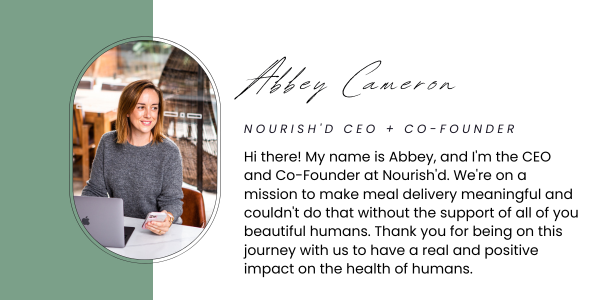ADHD and Food Additives
ADHD stands for Attention Deficit Hyperactivity Disorder, and it is a neuro-developmental disorder which makes it difficult to organise and complete set tasks. It's seen in more than 7% of children, and signs include difficulty concentrating on lessons and finishing schoolwork, remaining seated and quiet in class, talking or interrupting, poor listening skills, fidgeting, forgetfulness, narrow attention span.
Contrary to popular belief, though, it's not just the kiddies getting hyper on red cordial, ADHD actually affects adults, too: more than 5% of us! Learning how to manage symptoms is crucial not only for our children's development but also for their future, their relationships, and careers. Symptoms are often caused or aggravated by food additives, so diet plays a pivotal role in treating symptoms and behaviours (and is an effective natural alternative to medication). Studies show that symptoms of ADHD can be reduced and sometimes eliminated by avoiding the following foods and food additives.
- High sugar foods - The more sugar consumed, the more hyperactive, destructive, and restless a child or person becomes because it disturbs concentration and reduces the attention span. Fruit drinks that aren't 100% fruit juice can be particularly detrimental - if you're a parent of a child with ADHD or experiencing symptoms yourself, it's important to read food labels and stay away from food additives such as high-fructose corn syrup, dehydrated cane juice, dextrin, dextrose, maltodextrin, sucrose, molasses, and malt syrup. 100% fruit juice like the Nourish'd In Full Swing, Down to Earth, and Take A Chill Pill juices contain only naturally occurring sugars which won't spike blood sugar and can therefore assist to improve symptoms.
- Artificial flavours, colours and preservatives - Food additives such as these are suggested by researchers to inflame symptoms, especially the preservative sodium benzoate (found in carbonated drinks, fruit juices, yoghurts, jams, and other condiments). This nasty guy can even cause hyperactivity in children and adults without ADHD! If you're currently buying colourful cereals such as Fruit Loops, maybe try Cheerios - they're a good substitute because the same fun shape are much higher in fibre and lower in sugar. And contain none of the big bad additives.
- Foods that cause allergies - We're talking about gluten, wheat, corn, and soy here. The usual suspects. These have been found to worsen ADHD symptoms, causing a loss of focus and increased hyperactivity.
We recommend checking food labels for these chemical criminals:
- FD&C Blue No. 1 and No. 2 (found in baked goods, jelly, ice cream, lollies, even mouthwash)
- FC&C Yellow No. 5 (tartrazine) and No. 6 (found in soft drinks, cereals, chips, pudding, lollies, even gum)
- FD&C Green No.3 (found in pudding, sherbet, fairy floss, sorbet, ice cream, even canned peas and other processed vegetables)
- Orange B (found in hot dog and sausage casings)
- Citrus Red No. 2 (used to colour some oranges and mandarins)
- FD&C Red No. 3 and No. 40 (allura) (found in sausage casings, cake decorations, canned fruits, lollies, ice blocks, yoghurts, and flavoured milks)
If you have a child who you think might be experiencing these symptoms or you are experiencing them yourself, try eliminating the foods and food additives mentioned here and observe the difference. Check out the Nourish'd menu which is 100% preservative free, refined sugar free, and gluten free, and feel the difference!
Reference List - For More Information
- https://www.additudemag.com/adhd-diet-nutrition-sugar/
- https://www.healthline.com/health/adhd/foods-to-avoid#improve-your-life
- https://www.ncbi.nlm.nih.gov/pmc/articles/PMC2394588/
- https://www.ksre.k-state.edu/humannutrition/nutrition-topics/eatingwell-budget/meals-documents/IdentifyingFoodsThatContainSyntheticFoodDyes.pdf
- https://adhdclinic.com.au/what-is-adhd/



